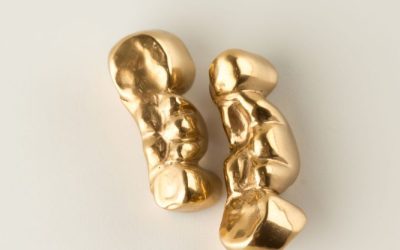E-cigarettes may seem like a recent phenomenon but their first appearance occurred as far back as 1963 when Herbert A. Gilbert applied for a patent for a cigarette with no tobacco and no smoke. The user “smoked” steam from a vaporized nicotine solution. Gilbert’s device was never commercialized most likely due to the fact that few people knew about or cared to listen to the health hazards of tobacco.
Today, most people are aware of the possible dangers associated with the smoke from any kind of tobacco product. In 2003, when a Chinese pharmacist designed an electronic cigarette which used a piezoelectric device that emitted ultrasound to vaporize a propylene glycol solution that contained nicotine, the public was almost ready to accept the concept of tobacco-less smoking. A modified design of an e-cigarette first appeared on the Chinese domestic market in May 2004 as an aid to quit smoking traditional tobacco cigarettes.
Exports grew slowly at first and an international patent was granted in 2007. Around the change of decade, in 2010, companies outside China were gaining patents for improvements over the original design and e-cigarettes were selling well (mainly by word of mouth and the creation of a vaping subculture).
An electronic cigarette usually appeals to people who use other types of electronic devices, so buying e-cigs (and the paraphernalia associated with them) online at website url was a natural fit for the sale of the devices. E-cigs have become so popular that major tobacco companies have either acquired e-cigarette manufacturers or have started up their own production line of e-cigarettes.
The Science And The Practicality
The science behind e-cigarettes is simple.
- The electronic device produces the vapor.
- Liquid will be vaporized in the device.
Initially, the liquids were nothing more than a carrier for nicotine since the aim of early e-cigs was simply to allow people to get nicotine into their bloodstreams without having to burn tobacco. As the e-cig subculture grew, both users and manufacturers began experimenting to improve the taste of the produced vapor. New flavors began popping up everywhere, giving way to flavors that even mimicked the taste of real cigarettes. Like many subcultures, the e-cig community has its own jargon, by referring to these flavored liquids as Nicotine E-Juice. Flavor mixes that have no nicotine are simply called E-Juice.


